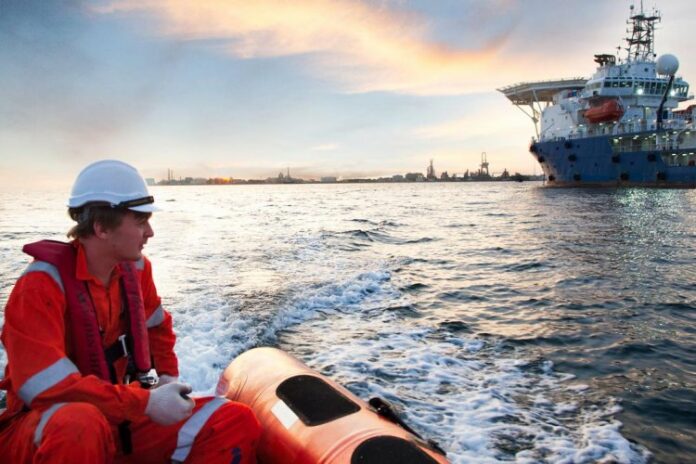The report shows big discrepancies in seafarer welfare, with happiness levels fluctuating significantly. The report also reveals the positive impact of improved connectivity and port welfare services, but also shows growing concern over crew changes, access to COVID vaccines and onboard working conditions.
This first report of 2021 is focussed on the impact of COVID-19 and how the pandemic continues to severely affect the lives of seafarers. It highlights the extreme differences from those reporting the highest levels of satisfaction to those at the opposite end of the spectrum, who report extremely worrying circumstances.
The report highlights three main themes:
- the consequences of a lack of recognition for seafarers as key workers;
- the onboard challenges of working hours and crew tension;
- the benefits of onboard connectivity and port welfare services.
The first quarter’s responses revealed lingering worries about the ongoing crew change situation. Forced to serve beyond formal contracts, crews have been stuck on board for extended periods. Just as one nation opens, it seems that there are spikes in infections, or new variants, and the route home is denied.
Additionally, the issue of when and how seafarers will be vaccinated also came to the fore. This is likely to be a long-running concern until plans are made clear. As more of the global population receives vaccinationS, with shore-based key workers prioritised in many countries, there is significant concern about the lack of progress with plans to vaccinate seafarers. Uncertainty and frustration continues to grow.
Seafarers consistently spoke of the pressures to work excessive hours. Furthermore, respondents raised issues of fraudulent record keeping, seeing seafarers working 14 to 15 hours every day but being forced to sign a monthly working slip which complies with working hours. In addition, the workload and the tasks being asked of crew also take a heavy toll, particularly in relation to pressures to reduce manning and rest periods not taken.

Tensions between mixed nationality crews further highlighted criticisms of manning models, particularly with regards to the impact of COVID-19. It was reported that some nationalities are not allowed ashore or allowed crew changes, while others are, which further impacts crew wellbeing.
Encouragingly, progress is being made with more seafarers able to get online and connect with loved ones back home. More shipping companies are working to provide crews with access to Wi-Fi. It seems clear that this investment in connectivity makes a big difference in alleviating the hardships being faced by seafarers and improving morale onboard.
Andrew Wright, Secretary-General of The Mission to Seafarers, said:
“The recent disruption in the Suez Canal reminded the world of the extent to which global trade relies on the men and women serving at sea. With this quarter’s Seafarers Happiness Index highlighting the huge disparity in workload, happiness levels and welfare onboard, we hope this report helps to keep the spotlight on the urgent needs of our seafarers.
“Progress is slowly being made, but we cannot afford to let momentum stall. We hope to see seafarers recognised as international key workers, with the support that entails on everything from crew changes to vaccine access. Above all, we need to keep listening to our seafarers and take practical action now to meet their needs.”
The Seafarers Happiness Index continues to be supported by maritime solutions company, Wallem Group. For 2021, the report is also supported by a new partner, specialist marine and energy insurer, the Standard Club.



